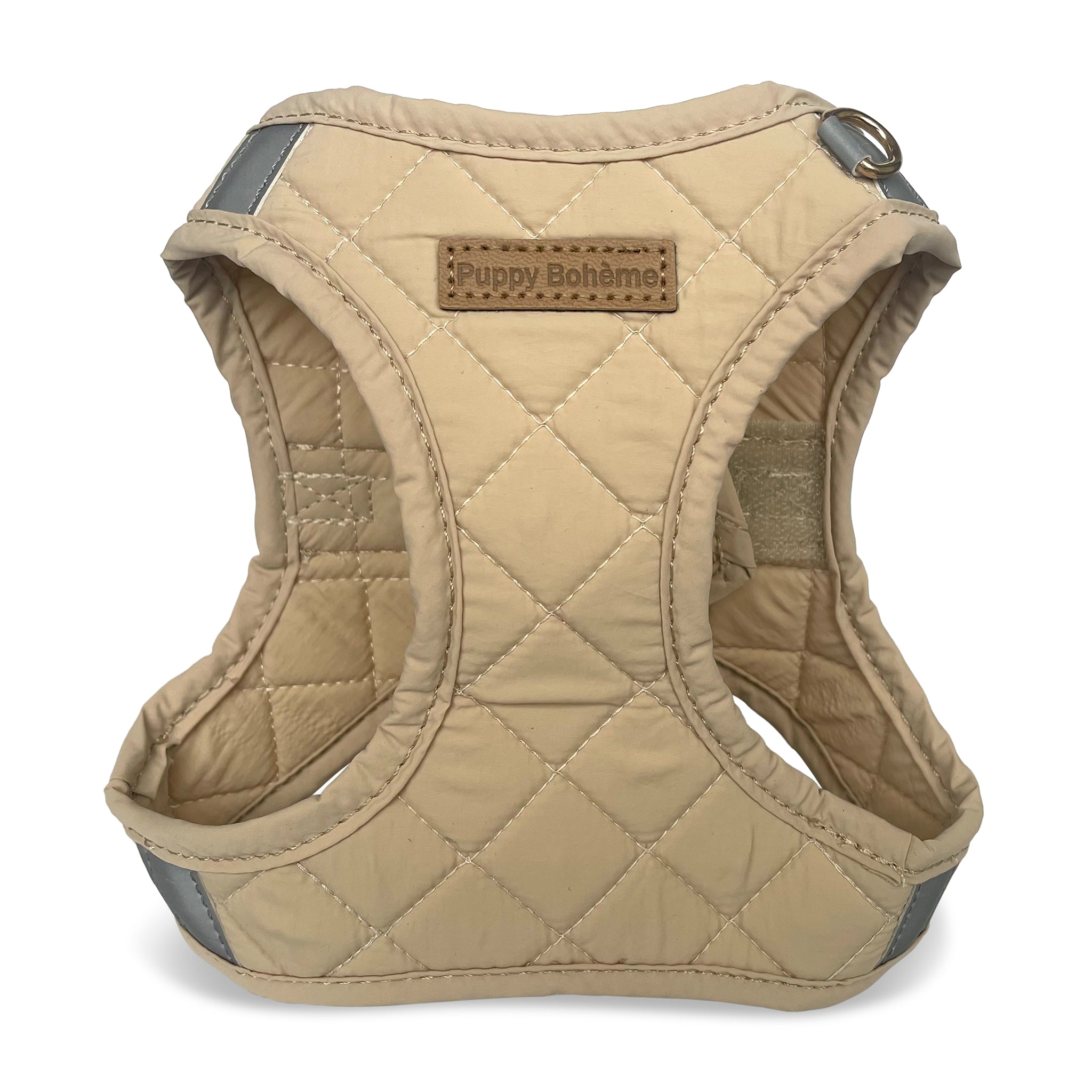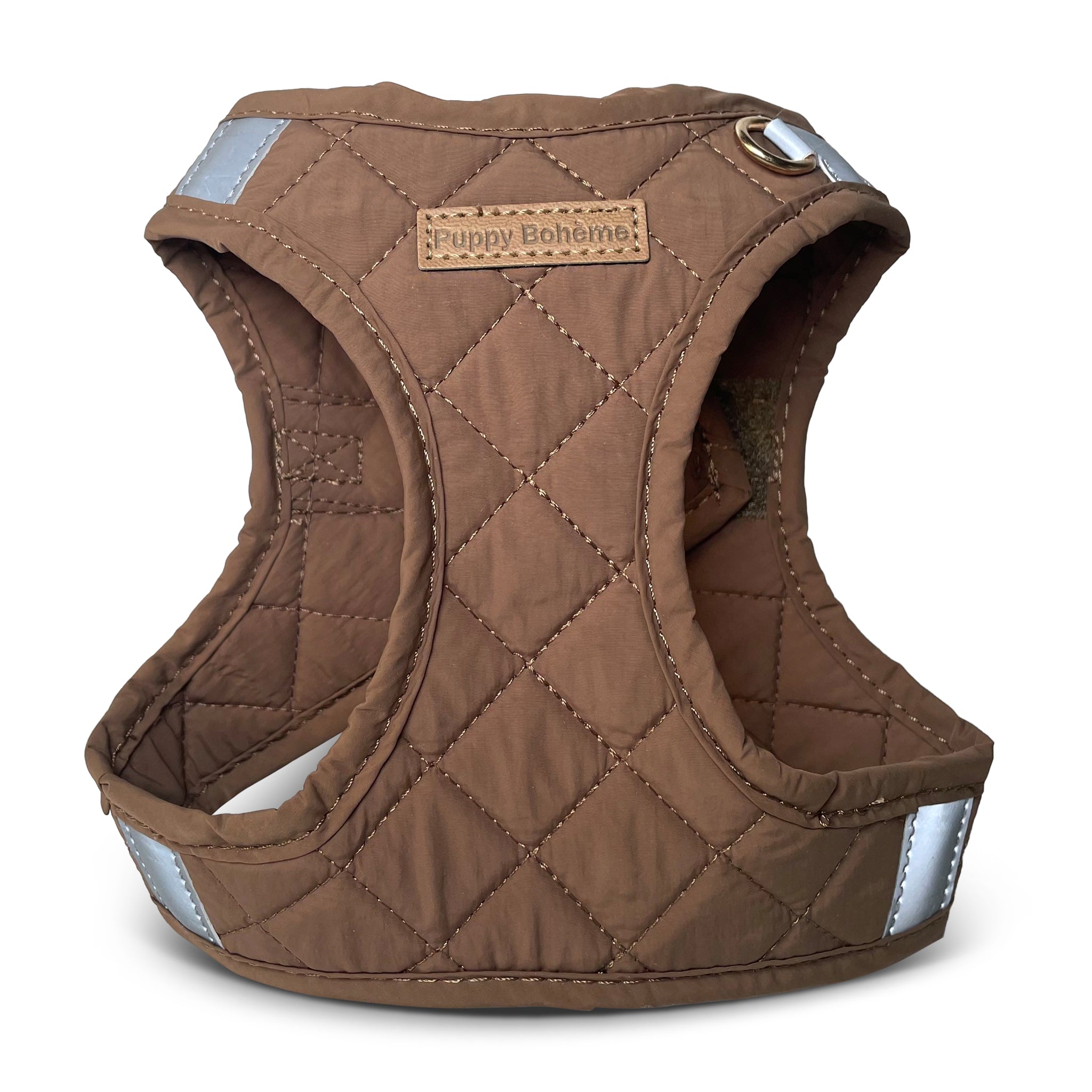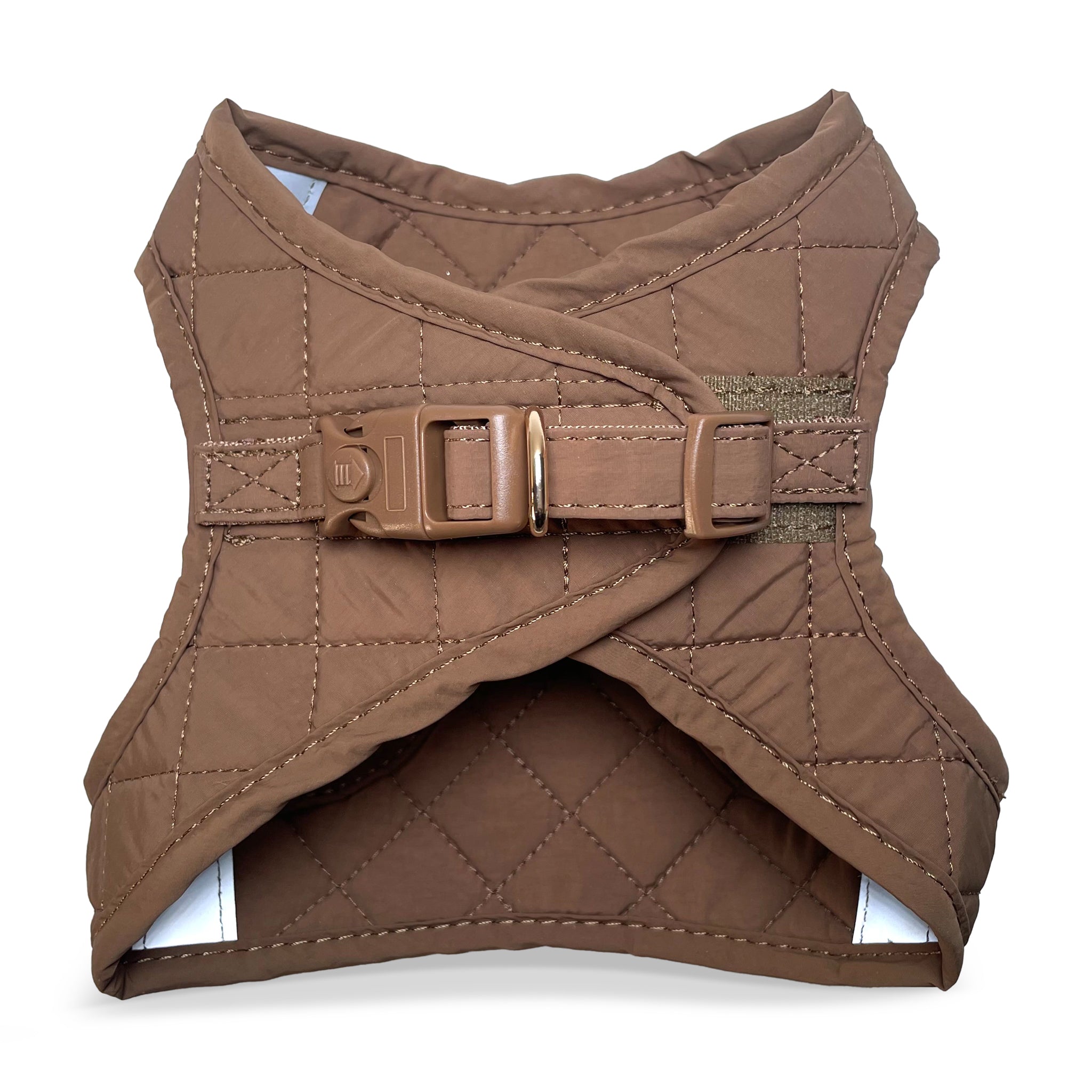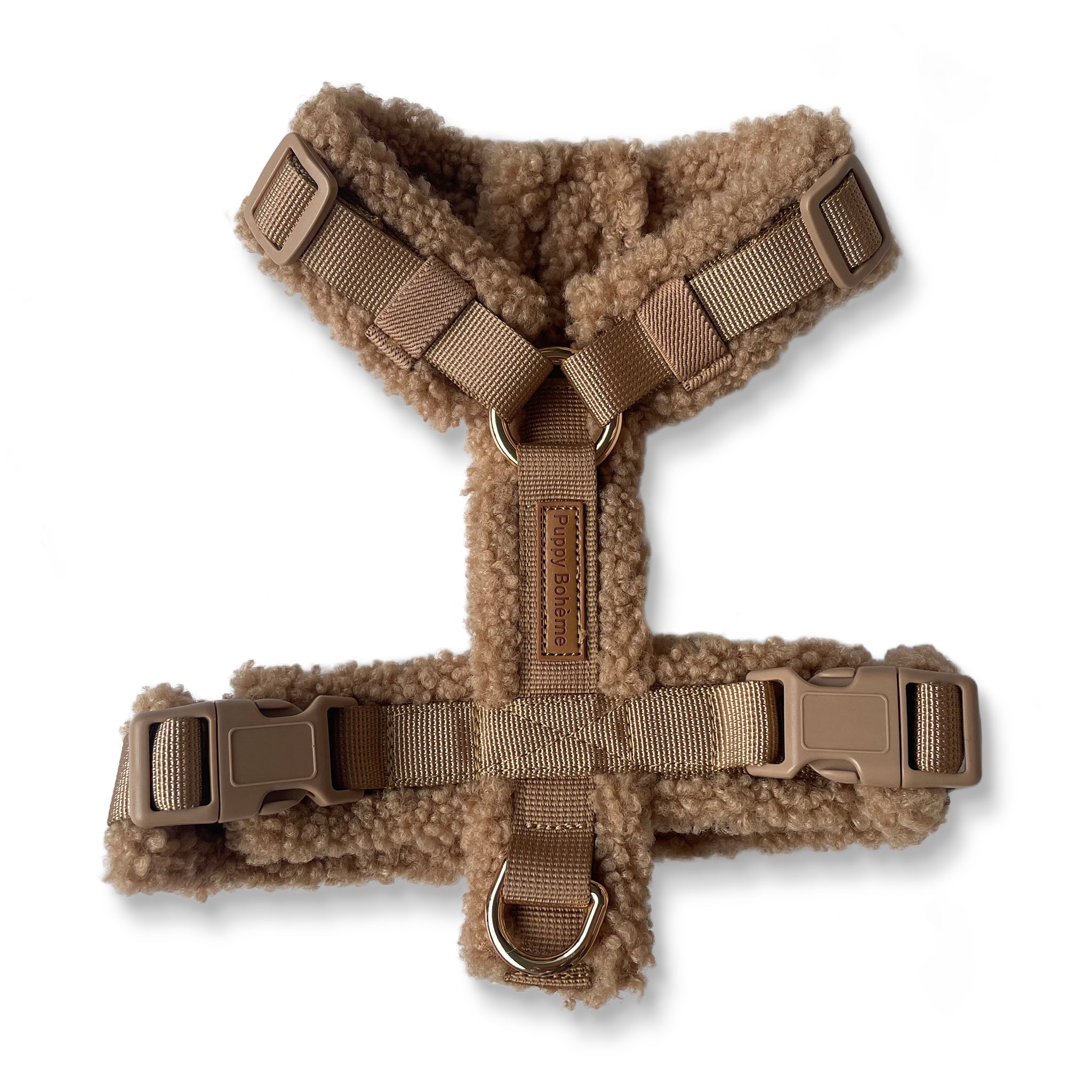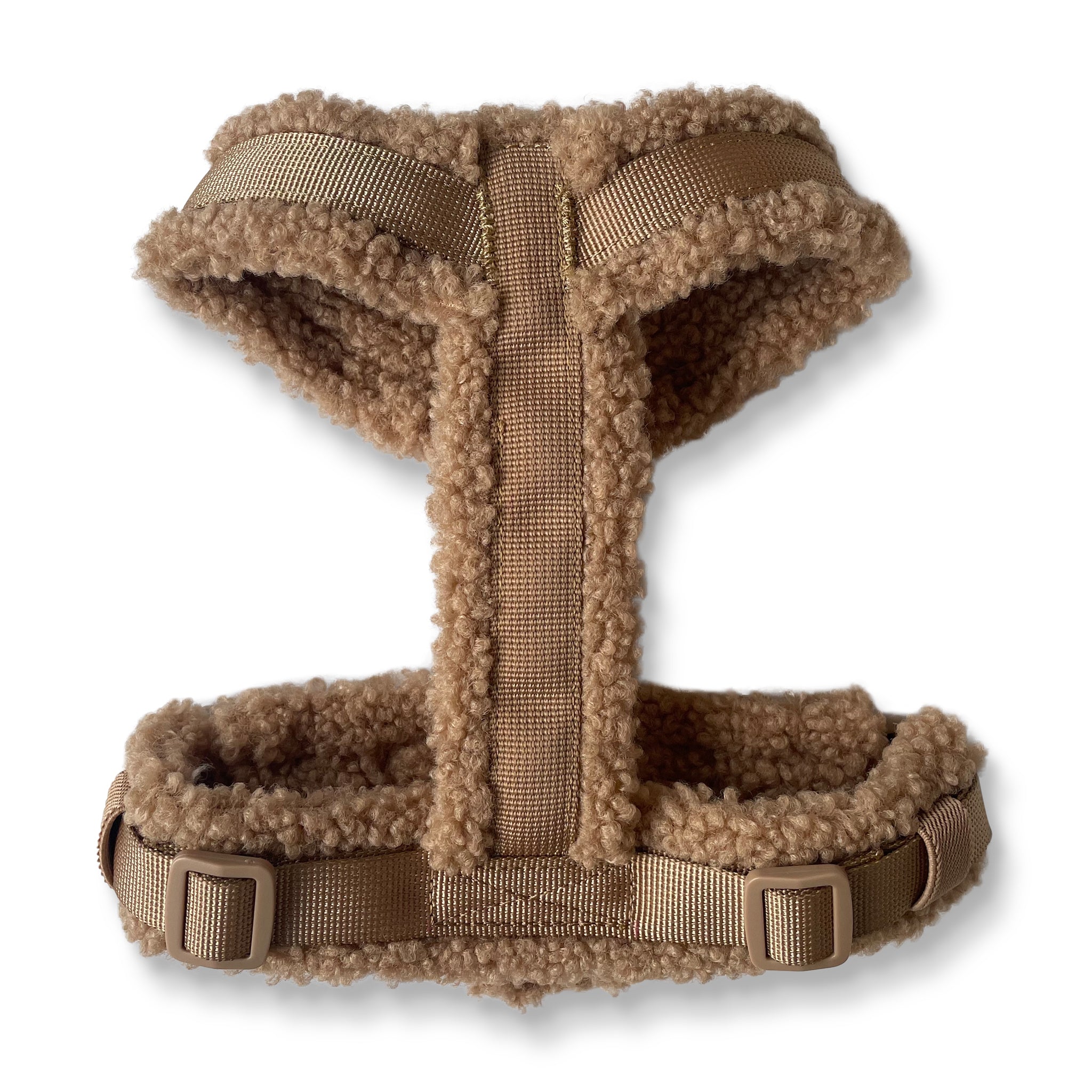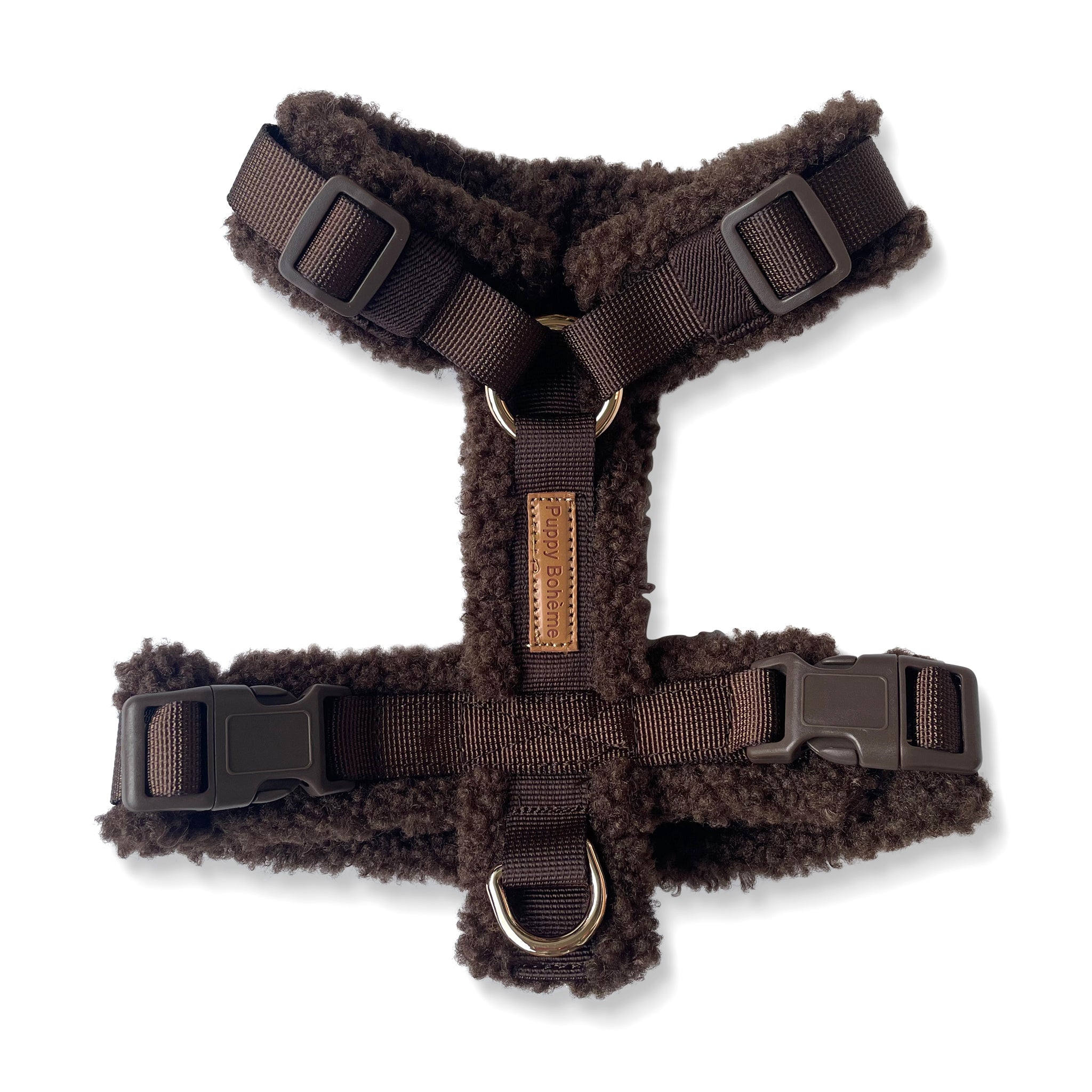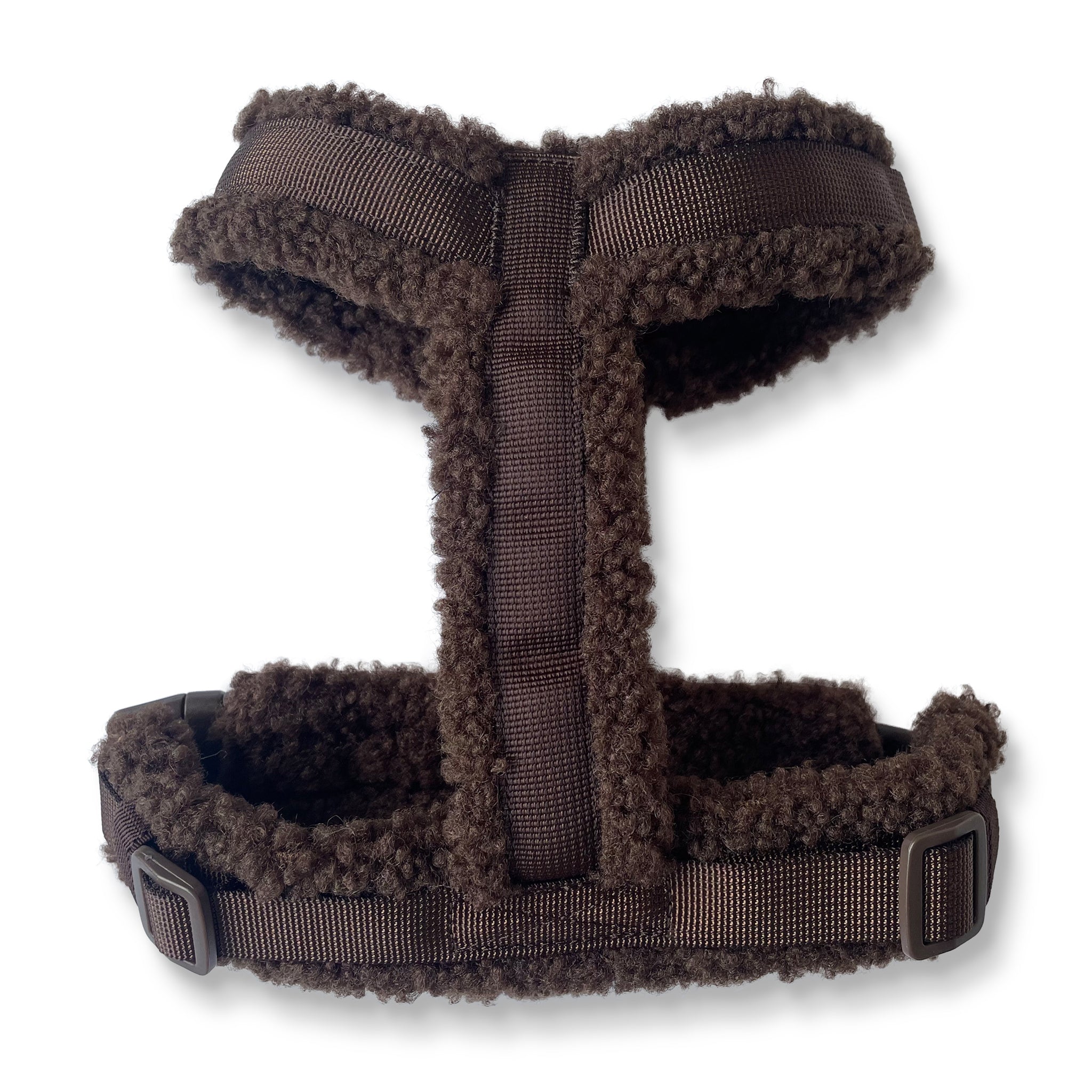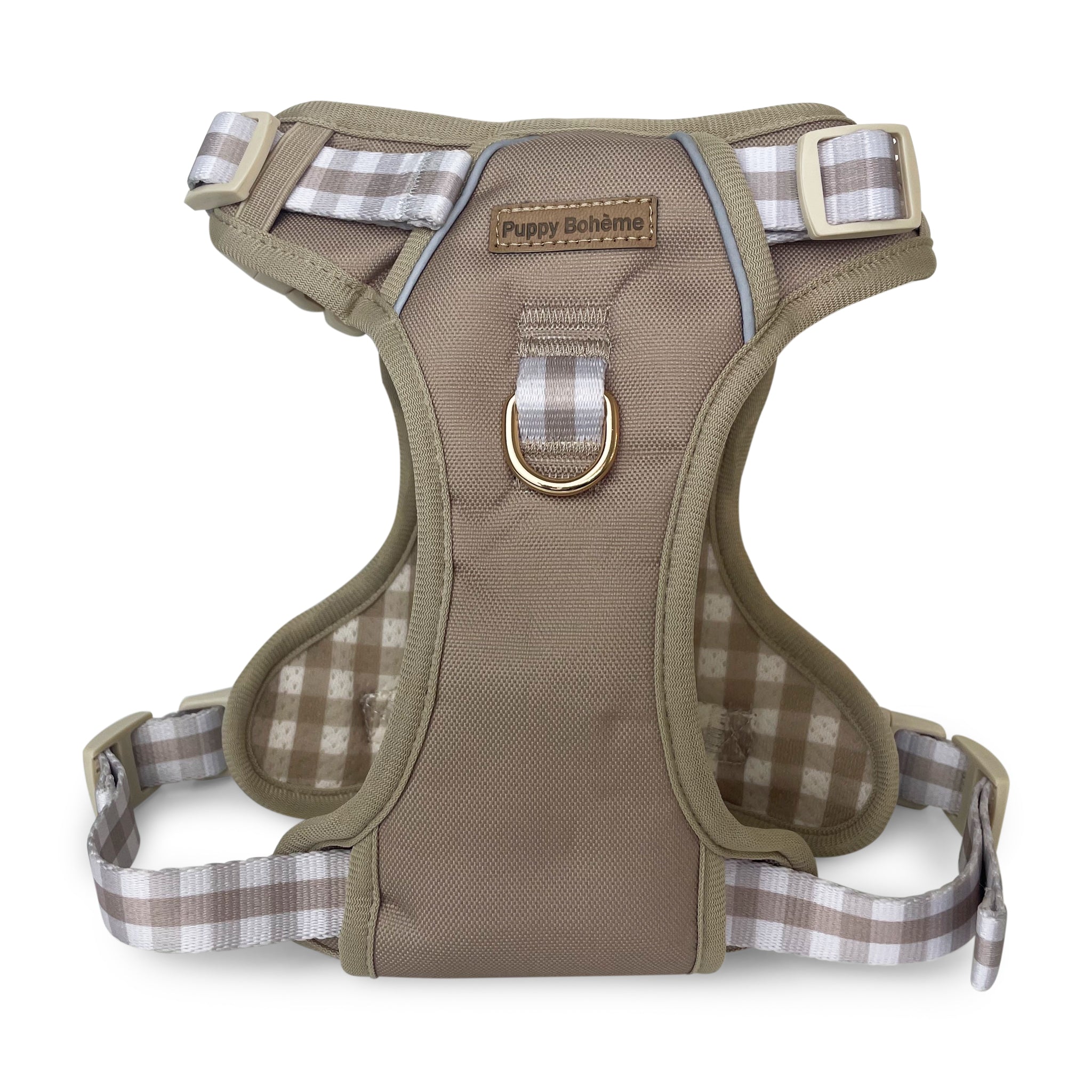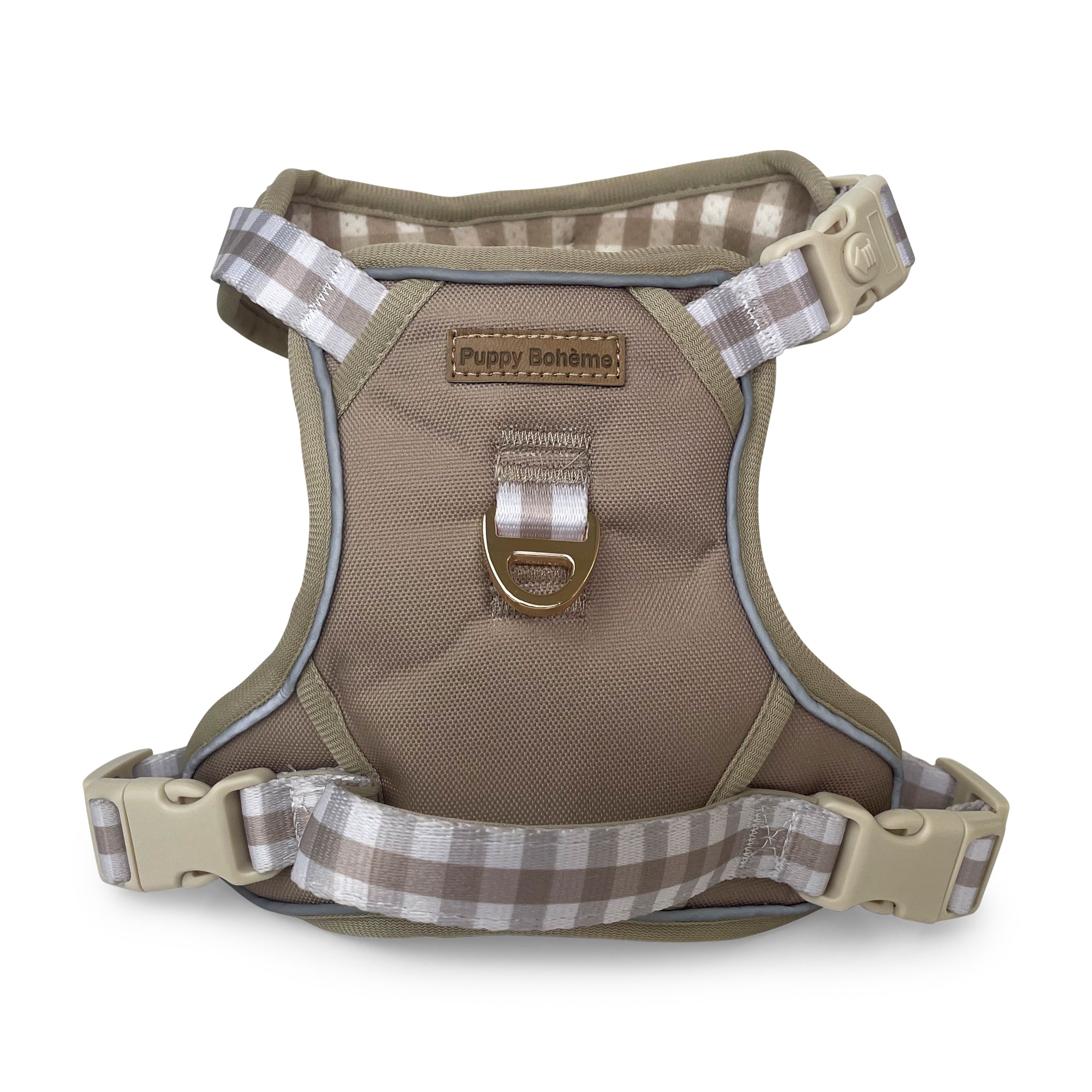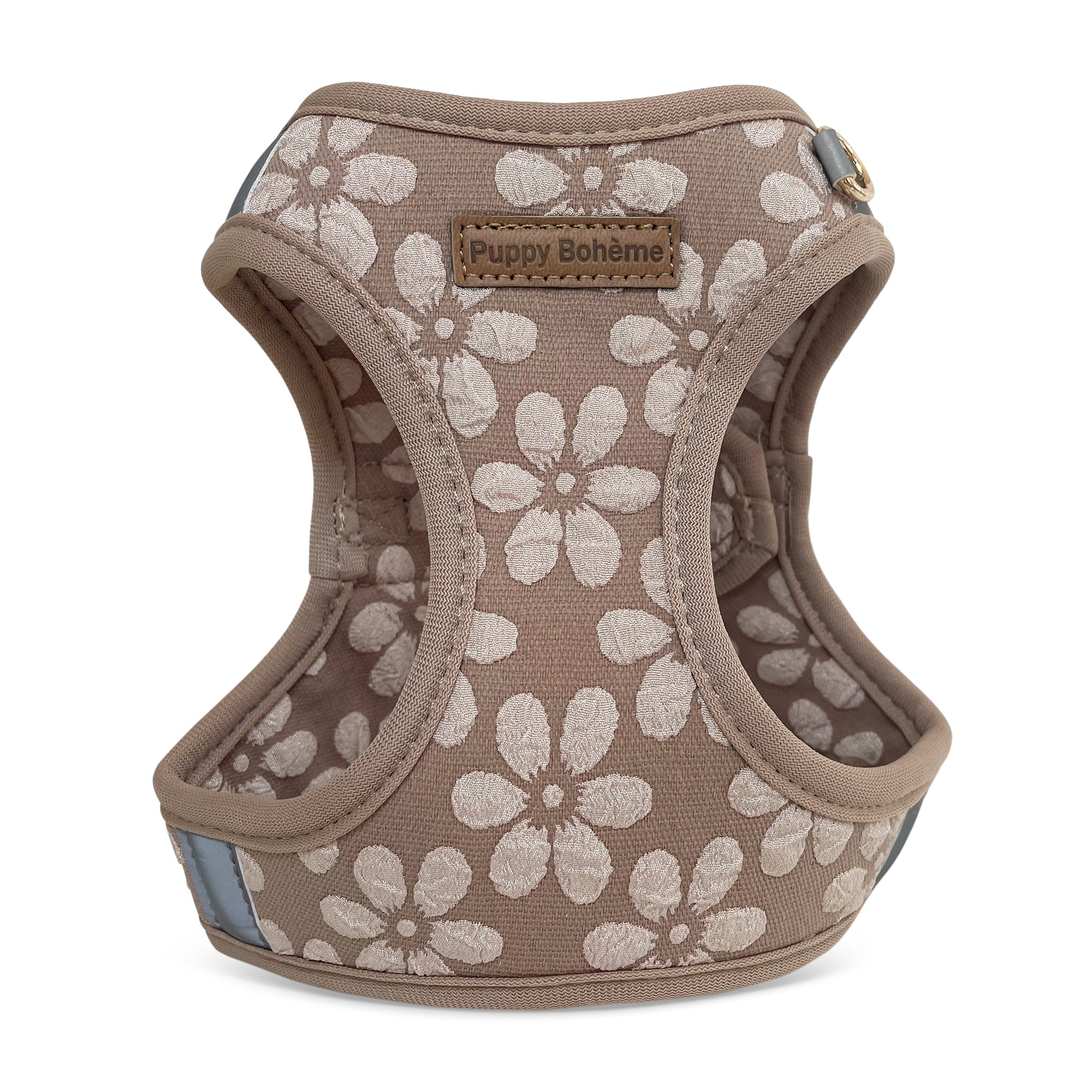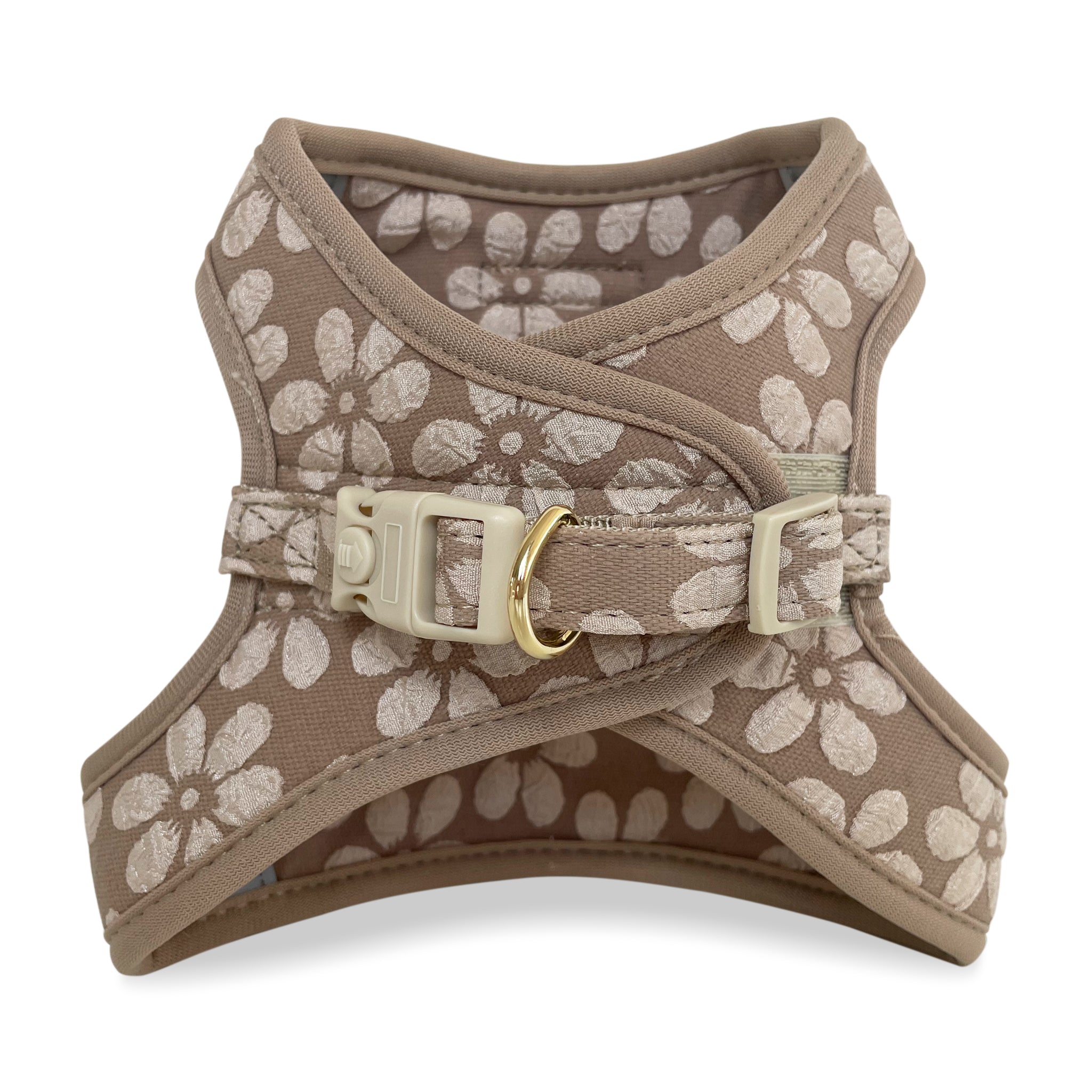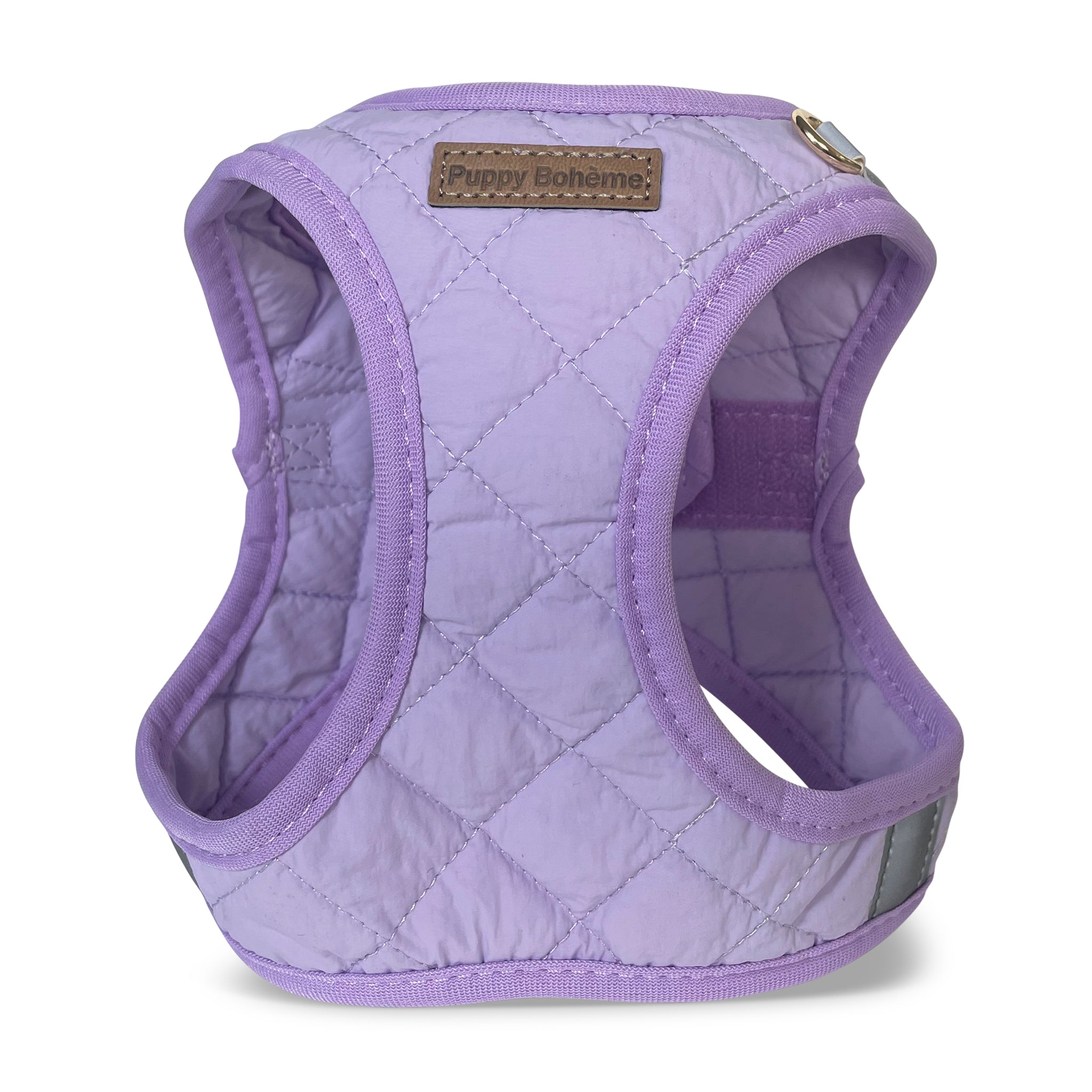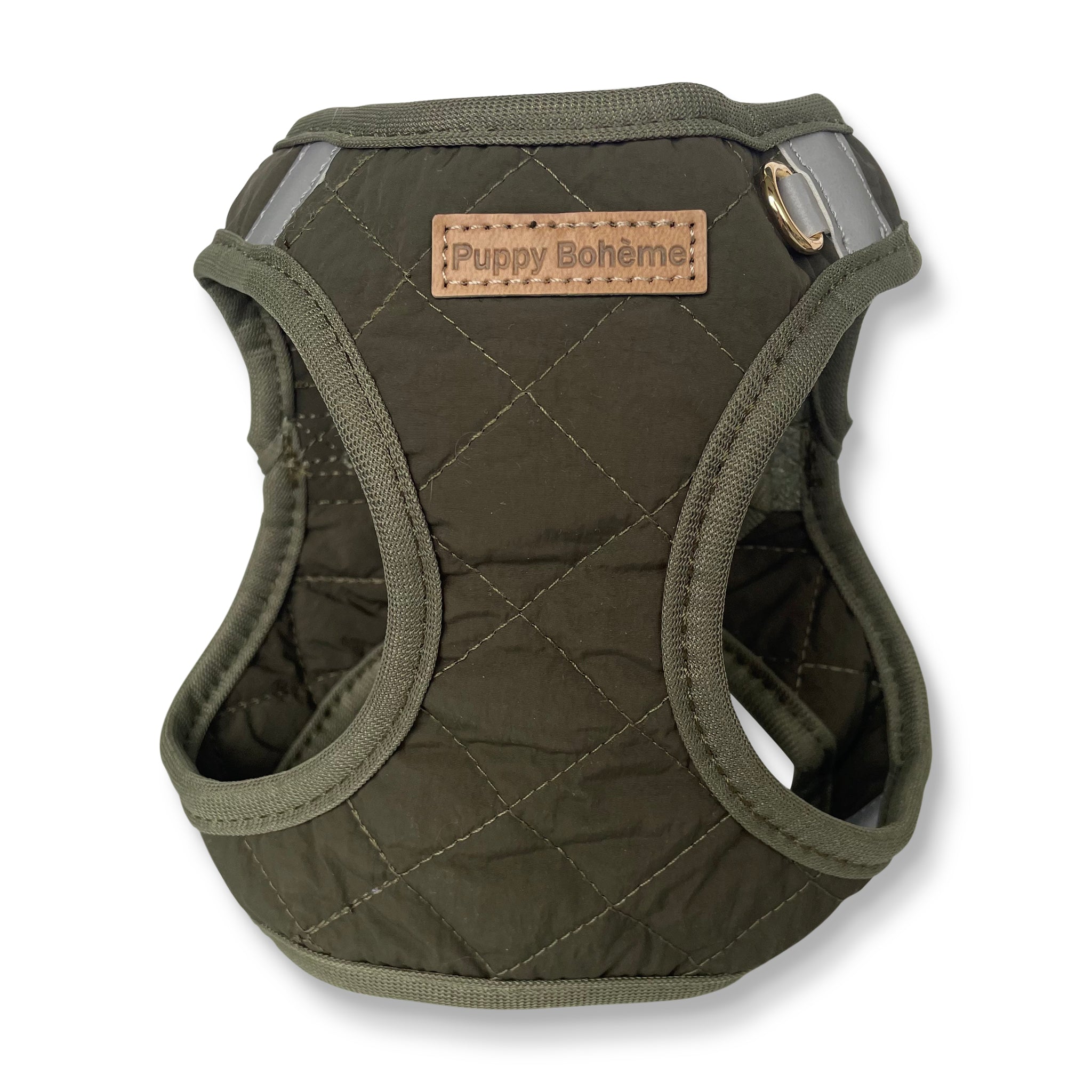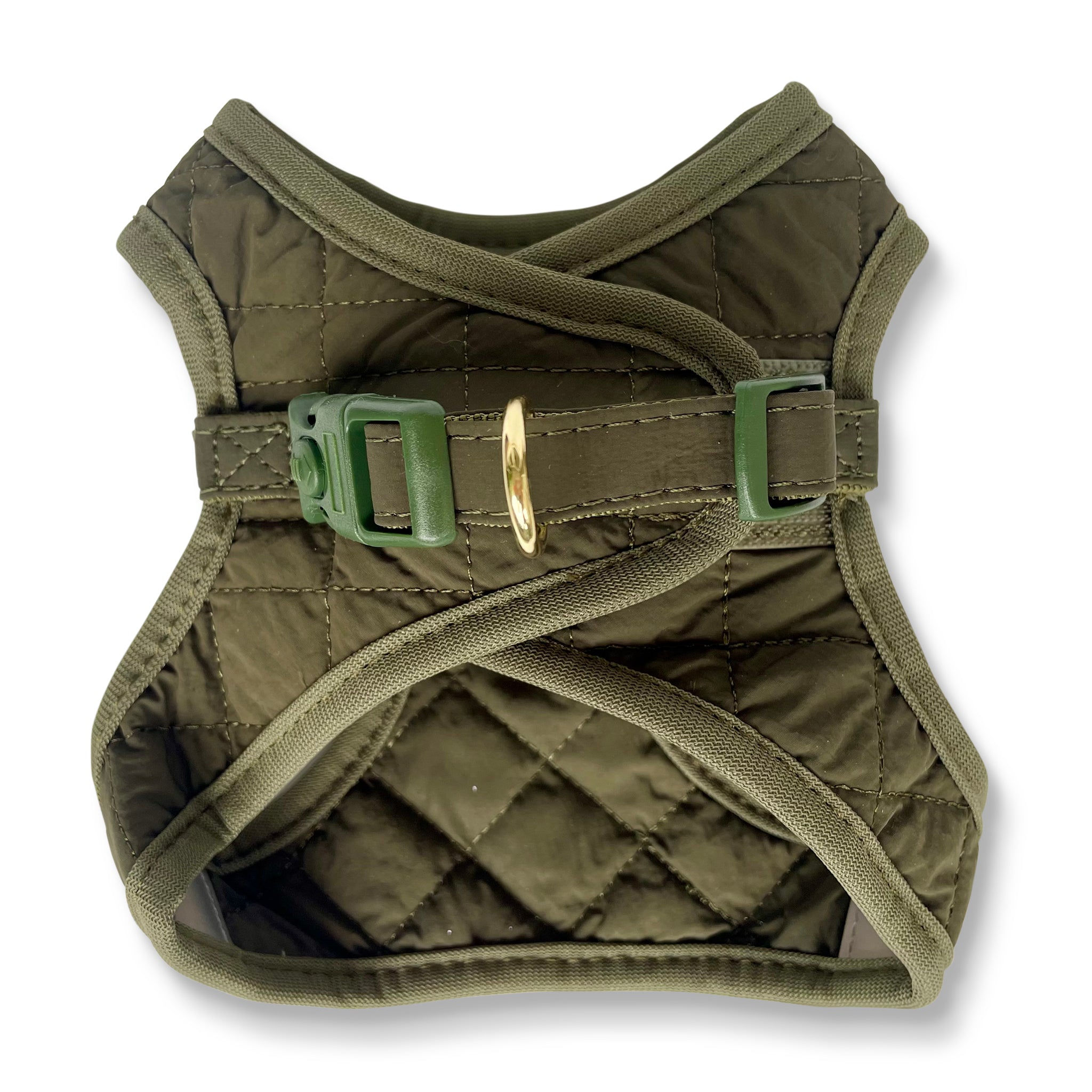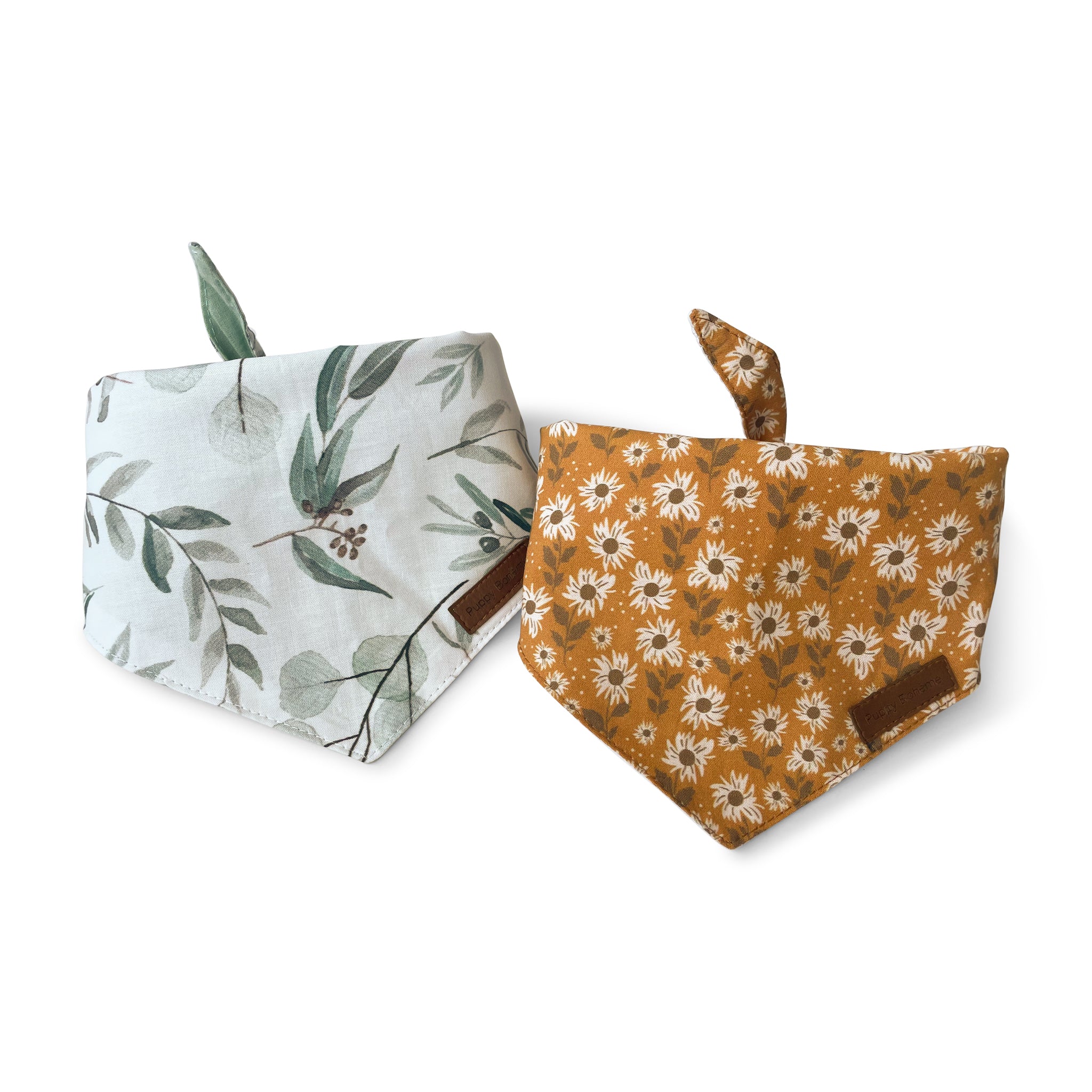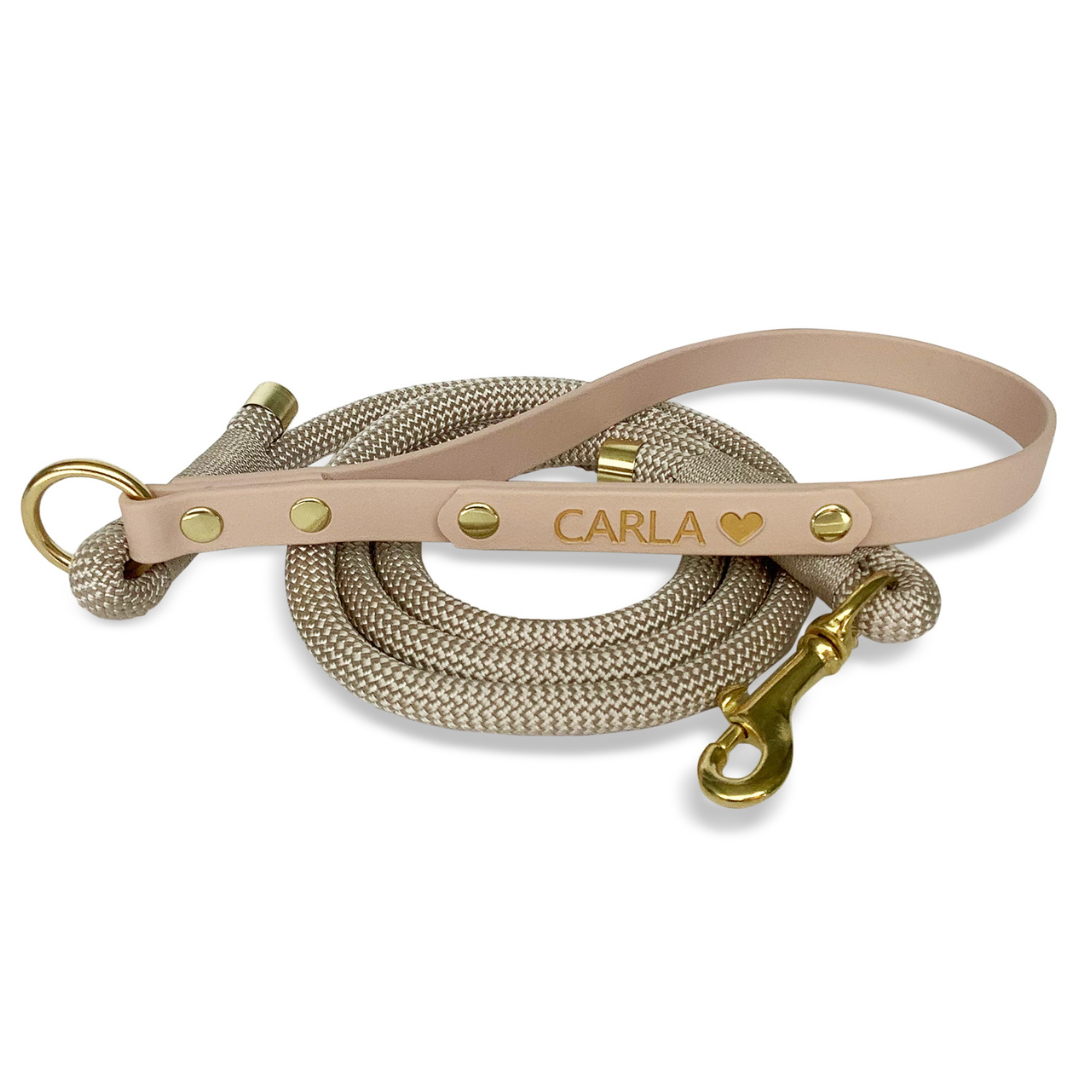Vintern medför nya utmaningar för hundägare, särskilt när det gäller att hålla sina fyrbenta vänner varma och säkra under kalla dagar. Frostskador kan vara en allvarlig risk för hundar under långa promenader i iskallt väder, men med rätt försiktighetsåtgärder kan du enkelt undvika detta.
Förstå risken för frostskador
Frostskador uppstår när huden utsätts för extrem kyla, och detta kan hända hundar, särskilt på tassar, öron och svansar. Korthåriga hundar eller raser med låg fetthalt är särskilt utsatta eftersom de har mindre naturlig isolering mot kyla.
Tecken på frostskador hos hundar
Det är viktigt att kunna känna igen tecken på att din hund kan ha frostskador. Dessa kan inkludera blek eller grå hud i de drabbade områdena, isiga tassar vid beröring och uppenbart obehag när de drabbade områdena berörs.
Tips för att förebygga frostskador
-
Kortare promenader: Anpassa längden på dina promenader baserat på temperaturen. När det är särskilt kallt är det bättre att hålla dina promenader korta och täta snarare än långa vandringar.
-
Skyddskläder: Investera i en vinterjacka och trampdynor av god kvalitet för din hund. Dessa kan hjälpa till att isolera din hund och skydda dess tassar från både kyla och vassa föremål som is.
-
Håll koll på väderförhållandena: Planera promenader under dagen när temperaturen är mildare och undvik tidiga morgnar eller sena kvällar när frost är som mest sannolikt.
-
Regelbunden torkning och uppvärmning: Torka hundens tassar och andra utsatta områden efter varje promenad. Detta hjälper till att ta bort eventuell snö- eller isansamling och ger dig också en chans att kontrollera om det finns tecken på irritation eller uppkomsten av frostskador.
Genom att följa dessa enkla tips kan du bidra till att din hund är trygg och bekväm hela vintern. Kom ihåg att din hunds välbefinnande också beror på god förberedelse och förebyggande åtgärder, så ta inte vinterns risker lättvindigt. Låt oss tillsammans se till att våra hundar kan njuta av vintervädret på det säkraste sättet.






